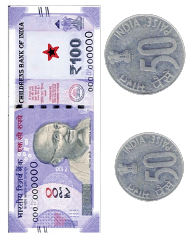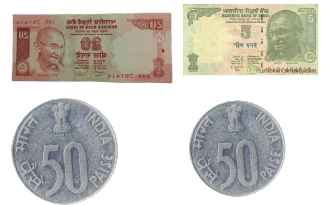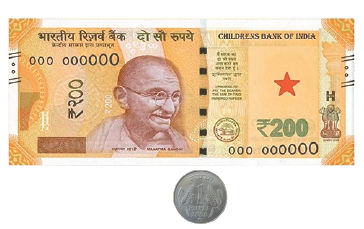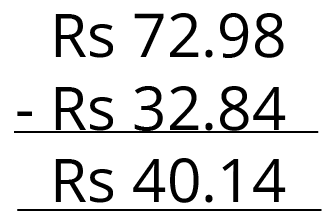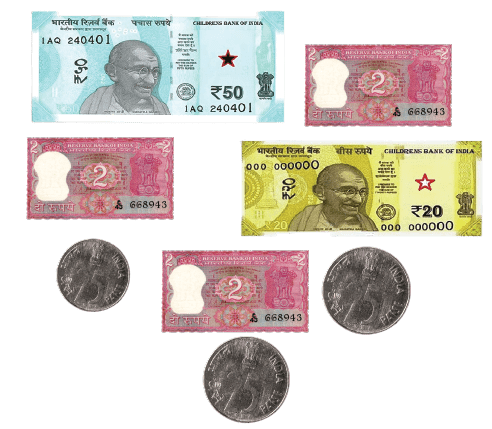Class 3 Maths Chapter 14 Summary Notes PDF Download
FAQs on Rupees and Paise Class 3 Maths Chapter 14 CBSE Notes - 2025-26
1. How can I calculate 1 rupee is equal to how many paise?
Focus on the units mentioned after the digits. Find out how to convert rupee to paisa and follow the methods of experts explained in the revision notes. You will learn how to convert rupees into paisa.
2. Is it necessary to learn what 1 paisa means?
The formation of 1 rupee occurs when you add 1 paisa 100 times. It means you must understand what ‘1 paise is equal to’ for finding the value of bigger coins and notes.
3. Are the revision notes and worksheets available for free download?
All the worksheets and revision notes for this chapter can be downloaded for free and used at convenience. All you have to do is visit our website and follow the instructions to download.
4. Why is it important for Class 3 students to learn about Rupees and Paise?
Understanding Rupees and Paise is crucial for young learners as it lays the foundation for financial literacy. This knowledge helps them grasp the basics of currency, counting, and comprehending the value of money, essential life skills for managing and understanding transactions.
5. How can parents support their children in learning about Rupees and Paise?
Parents can support their children by incorporating real-life scenarios involving money. Encourage them to count pocket money, participate in shopping experiences, and discuss the value of items in terms of rupees and paise. Practical engagement enhances their understanding and makes learning about currency enjoyable.
























